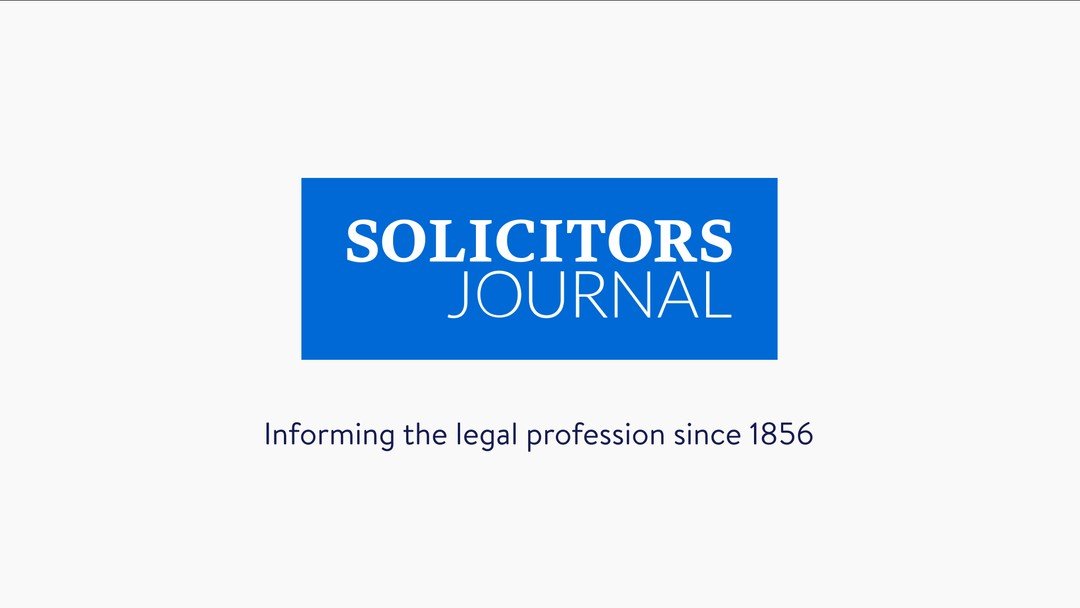Running the risk

Alleging fraud is a high-risk strategy and claimants looking to do so should proceed with caution, says Clare Stanley
The characters in a large-scale fraud are often many and varied. The stars of the show are the principal wrongdoers; they conceive the scheme for their own benefit, either because they are in desperate financial straits or simply because they are corrupt and greedy. Irrespective of motives, the prospects of recovery against them tend to be slim, because they are either insolvent or judgment proof.
The claimant therefore looks to the rest of the cast: the business partners, the professional trustee, the accountants, the bankers, the solicitors, and so on. Were any of them involved? Is there a pot of money anywhere or valuable property into which the claimant can trace and make a proprietary claim, or against which it can enforce a judgment? Is there any prospect that the supporting or bit-part actors have indemnity insurance?
Alleging fraud is a high-risk strategy. If it fails, it is deeply embarrassing to lawyers and clients alike, and is extremely costly. To get to trial, a painstaking forensic analysis of the money trail is necessary. Having done that, the claimant must establish that those who dealt with the money did so knowing that it was stolen; there is rarely a 'smoking gun' so far as the bit-part players are concerned.
Professional negligence
When the bit-part player is a professional who has an otherwise untarnished record of integrity, showing that he participated in money laundering or theft is doubly difficult. Without a very strong prima facie case, the court will start off with the working assumption that the professional was naïve and/or just extremely negligent, rather than dishonest (see Attorney General of Zambia v Meer Care & Desai [2008] EWCA Civ 1007 (CA)).
While the court may conclude that the defendant was negligent, this may be to no avail to the claimant. A claimant has no remedy against a negligent defendant unless that defendant assumed responsibility to the claimant to act with reasonable care. It may thus be difficult to establish any duty of care if the defendant has no knowledge of the existence of the claimant.
Sometimes, however, the professional comes into direct contact with the claimant; for example, an accountant or banker provides the claimant with a reference for the fraudster, usually as to his creditworthiness, reliability or integrity. The claimant then advances funds to, or enters into a transaction with, the fraudster, relying on the information given in the reference. In those cases, a duty of care will have been assumed by the defendant to the claimant (unless it has been expressly excluded).
Common sense might suggest that the negligent professional would then be liable to the claimant for the amount which the claimant has lost as a result of having entered into the transaction with the fraudster.
But that is not the law. The law following SAAMCO [1997] AC 191 appears to be that the maker of the statement has no liabilityat all.
Recently, in Bank of Tokyo Mitsubishi v Baskan Gida [2009] EWHC 1276 (Ch), Briggs J applied SAAMCO to defeat a claim for negligent misstatement where the statement was given in a trade reference. In that case, the claimant banks advanced over ‚¬20m to the first defendant after receiving a positive trade reference from the first defendant's customer, the well-known chocolate maker, Ferrero. The trade reference was misleading and negligent. Nonetheless, Briggs J held that the claimants could not recover the amount of the loss-making transaction from Ferrero because of SAAMCO.
Had the representation been made by Ferrero fraudulently, SAAMCO would not have applied and the claimants could have recovered the totality of their loss (see Smith New Court Securities v Citibank NA [1997] AC 254). This reflects the fact that the damages rules in fraud cases very much favour claimants. It is these significant advantages which encourage claimants to pursue fraud claims over those in negligence.
A risky decision
But alleging fraud against professionals is a double-edged sword. The professional is a good target for litigation because the claimant hopes that the professional's indemnity insurance will be available to meet any judgment awarded. This can sometimes be a risky decision to take. If the professional is a sole practitioner with a small business, he may only have the bare minimum of cover, and cover will be declined if the claim successfully made against him is one based on dishonesty.
The position is different where the professional is in partnership; his innocent partners will be vicariously liable under the Partnership Act 1890 for his misdeeds (provided they were done in the ordinary course of the firm's business), and the claimant can be confident that the firm's insurers will pay out upon judgment '“ subject only to the firm's level of cover. Insurers will also decline to provide an indemnity to the so-called innocent partners if they are found to have condoned and/or been reckless as to the dishonest partner's activities.
Large-scale fraud litigation costs all parties many millions. Claimants who proceed on the sometimes misguided assumption that there is an insurer with deep pockets at the other end need to be aware of the pitfalls and should proceed with caution.
